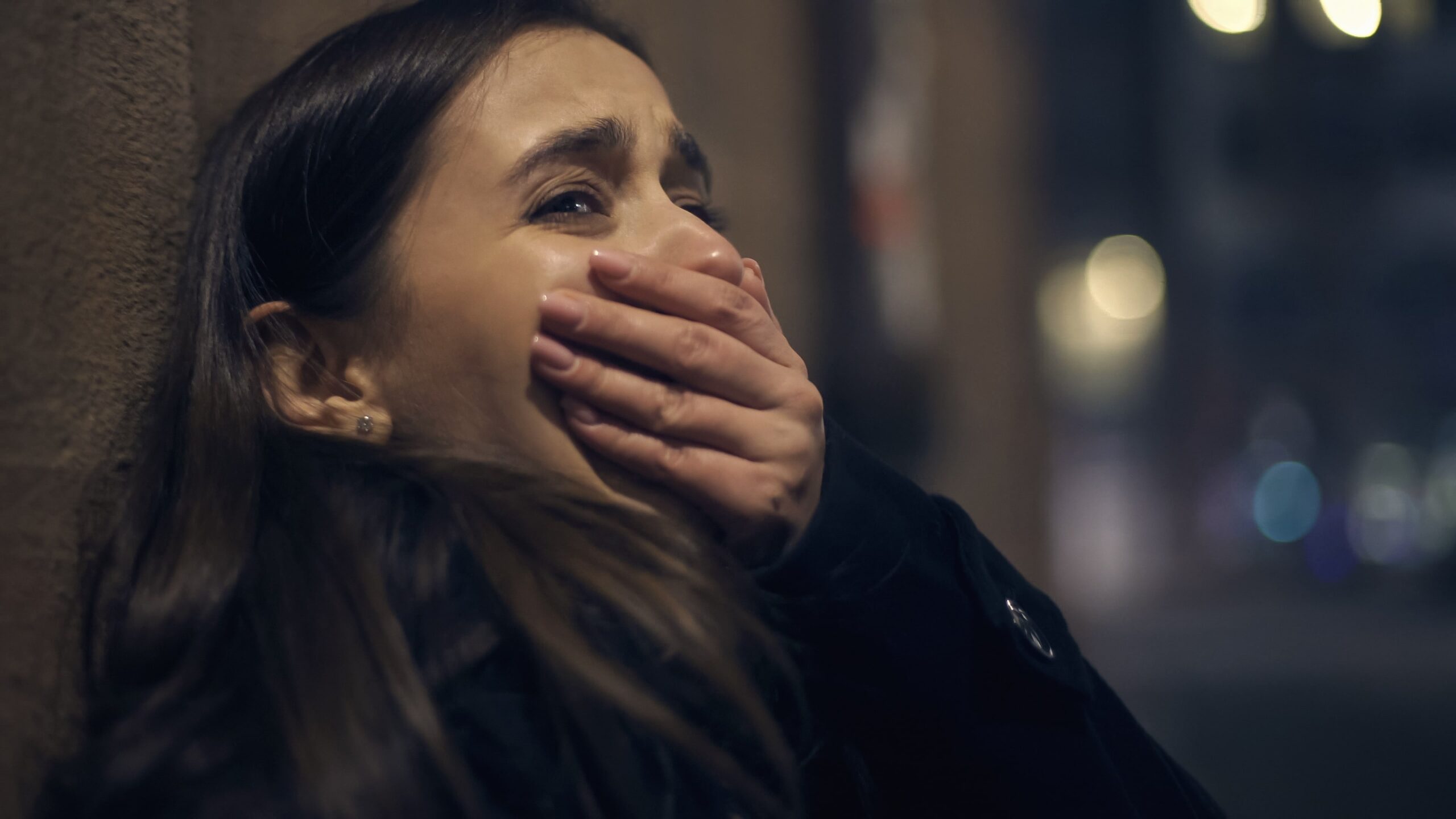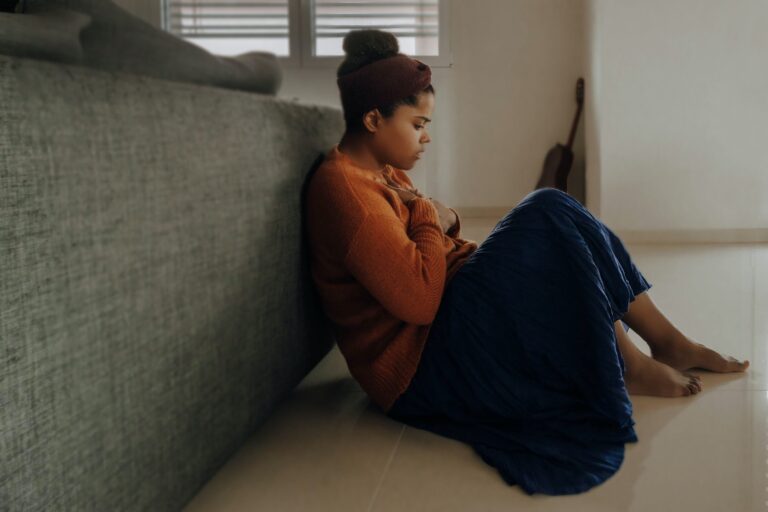Many people view the terms panic attack and anxiety attack two ways of describing the same thing. These two experiences do share some similarities, but there are also some important differences between anxiety and panic attacks.
Anxiety and Panic Attack Similarities
Before we address the difference between anxiety and panic attacks, let’s first focus on a few of the characteristics that these conditions share:
- Anxiety disorders are a category of mental health conditions in the fifth edition of the Diagnostic and Statistical Manual of Mental Disorders (DSM-5). Panic disorder is included in this category.
- All of the anxiety disorders in the DSM-5 – including panic disorder – involve symptoms such as overwhelming worry, extreme nervousness, and excessive fear.
- Anxiety and panic attacks can both cause unpleasant physical symptoms.
- All anxiety disorders, including panic attacks, are treatable conditions. When a person receives proper care, they experience relief from their symptoms and achieve improved quality of life.
The Difference Between Anxiety and Panic Attacks
The difference between anxiety and panic attacks includes the types of symptoms a person is most likely to develop, how long these symptoms typically last, and how severe they usually become:
Anxiety vs. Panic: Types of Symptoms
- Anxiety typically involves psychological symptoms such as fear, worry, and dread. Anxiety may also be a source of physical distress, but this is usually secondary to the emotional distress
- Panic attacks are almost always accompanied by physical symptoms such as dizziness, shortness of breath, racing heart rate, chest pain, excessive sweating, and tingling in the hands and feet. Panic attacks also involve psychological concerns, but the physical symptoms are typically the source of greatest distress.
Anxiety vs. Panic: Duration of Symptoms
- Anxiety symptoms can last for long periods. It’s not uncommon for someone with an anxiety disorder to experience symptoms most of the day, most days, for weeks or months.
- Thankfully, panic attacks are usually brief. Most of the time, panic attacks begin to subside within about 10 minutes of their onset.
Anxiety vs. Panic: Intensity of Symptoms
- The symptoms of most anxiety disorders can vary considerable in terms of their severity. For example, a person with anxiety may experience relatively mild or moderate symptoms for an extended period, then have moments where their symptoms become much more intense.
- There’s really no such thing as a minor panic attack. Though panic attack symptoms are thankfully brief, they usually cause considerable distress. When someone is in the midst of a panic attack, they may truly believe that they are about to die.
Managing Anxiety or Panic Attacks
People who have panic attacks or other anxiety symptoms often benefit from professional treatment. But there are a few steps you can take on your own to ease or manage your symptoms. Here are a few tips that can help:
- Practice mindfulness: Mindfulness encourages you to be fully present in the moment. This practice involves observing your environment and acknowledging your feelings without judgement or immediate reaction. Mindfulness reminds you that you don’t have to respond every time you feel a strong emotion, which can help you manage feelings of panic or anxiety.
- Focus on your breath: This is a fundamental behavior of mindfulness that can be valuable in many situations. For example, if you feel the onset of a panic attack or you begin to experience particularly acute symptoms of anxiety, focusing on your breath (and breathing slowly and deeply) can help you remain centered and prevent your negative emotions from spiraling.
- Avoid isolation: When you’re struggling with anxiety or feel a panic attack coming on, resist the urge to isolate yourself. This can rob you of vital support at the time you most need it. Also, isolation can exacerbate anxiety, panic, and other negative emotions. To prevent this from happening, identify a few close friends or trusted family members that you can rely on. The knowledge that you can reach out to these people during times of crisis can make a world of difference.
- Eat well and stay active: A healthy diet won’t make your anxiety systems completely disappear – but when you eat nutritious foods and incorporate frequent activity into your daily life, these behaviors can have a beneficial impact on both your physical health and your psychological well-being. Also, walking, riding your bike, working in the garden, and other types of enjoyable exercises can be excellent tools for managing stress and alleviating anxiety.
Remember: The tips above can help you manage symptoms, but they don’t address the underlying cause of your distress. If you have been experiencing frequent panic attacks or other acute symptoms of anxiety, professional treatment may be the best option for achieving the healthier and more hopeful future you deserve.
Find Treatment for Anxiety or Panic in Atlanta
Peachtree Wellness Solutions offers personalized residential and outpatient programming for adults who have been struggling with anxiety disorders, panic attacks, and other mental health concerns. Our mental health treatment center in Atlanta, Georgia, is a welcoming and supportive environment where adults can benefit from a wide range of customized therapies and support services.
In every program and at every level of care, our patients work in active collaboration with a team of highly skilled professionals. We take the time to get to know each person as a unique individual, so that we can develop the individualized plans that can help them achieve improved health and pursue a more hopeful future.
To learn more or to schedule a free assessment, please visit our admissions page or call our center today.






